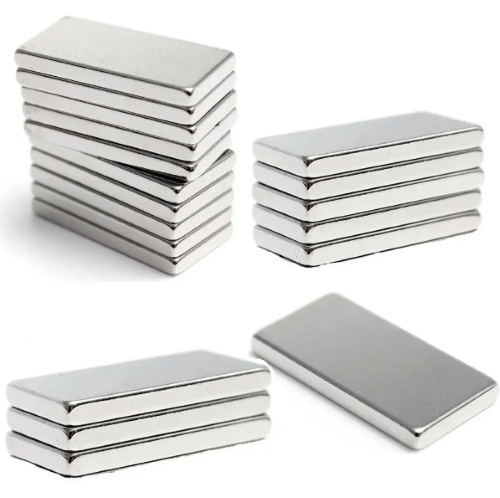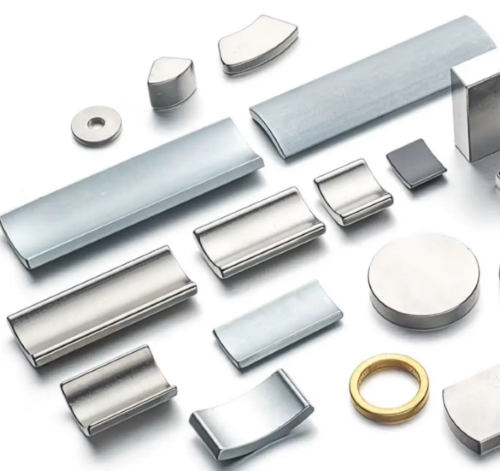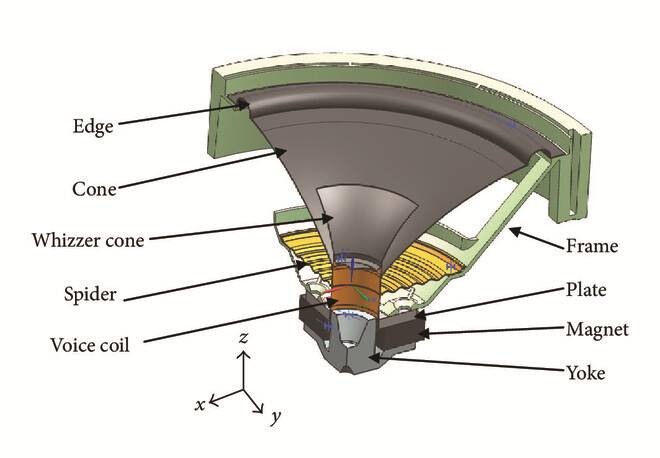What Objects Are Attracted To Magnets?
Magnets are very useful in our lives. For example, we can use magnets to attract iron nails, iron keys, and iron scraps, etc. So in addition to these objects that are composed of iron, what other objects can be attracted to magnets? First of all, let us first analyze the composition of the magnets. Magnets are usually made of iron, cobalt, nickel, and other atoms, which have special internal structures and magnetic moments. Therefore, the magnet can generate a magnetic field, but only a small part of the metal that can be attracted by the magnet, such as iron, nickel, cobalt, and other magnetospheric metals while most other metals will not be attracted, such as gold, silver, copper, aluminum, tin, lead, titanium, etc.
 What Objects Are Attracted To Magnets?
What Objects Are Attracted To Magnets?
The Applications of Magnets
In addition to attracting iron to achieve the effect of removing iron, magnets can also be used in many other fields, such as compasses, attracting small objects, electromagnetic relays, motors, generators, electroacoustics, magnetic Therapy, magnetic levitation, nuclear magnetic resonance, etc.
Types of Magnets
According to their shapes, magnets can be divided into square magnets, tile magnets, special-shaped magnets, cylinder magnets, ring magnets, disc magnets, bar magnets, etc. According to their components, magnets can be divided into SmCo magnets, neodymium magnets (strong magnets), ferrite magnets, AlNiCo magnets, iron-chromium-cobalt magnets, and so on. According to their applications in the industry, magnets can be divided into magnetic components, motor magnets, rubber magnets, plastic magnets, and so on. According to the length of time, the magnets retain magnetism, they can be divided into "permanent magnets" and "non-permanent magnets". Permanent magnets can be natural products, also known as natural magnets, or man-made magnets (the strongest man-made magnets are neodymium magnets). However, non-permanent magnets are magnetic only under certain conditions. For example, an electromagnet has magnetism when it is energized, and the magnetism disappears when it is powered off.
Some Notions About Magnets
Diamagnetism
Diamagnetism is a magnetic phenomenon in which a class of substances, when placed in an external magnetic field, exerts a weak repulsion against the magnetic field.
Paramagnetism
Paramagnetism refers to the magnetic state of some materials. Some materials can be affected by an external magnetic field, producing characteristics that refer to magnetization vectors in the same direction. Such a substance has a positive magnetic susceptibility. The phenomenon opposite to paramagnetism is called diamagnetism.
Ferromagnetism
Ferromagnetism is the magnetic state of a material, characterized by spontaneous magnetization. After some materials are magnetized under the action of the external magnetic field, even if the external magnetic field disappears, they can still maintain their magnetized state and have magnetism, that is, the so-called spontaneous magnetization phenomenon. All permanent magnets are ferromagnetic.
Conclusion
Thank you for reading our article and we hope it can help you know what objects are attracted to magnets well. If you want to know more about magnets, we would like to recommend you visit Stanford Magnets for more information. Stanford Magnets is a leading magnet supplier across the world that has been involved in R&D, manufacturing, and sales of magnets since the 1990s. It provides customers with high-quality rare earth permanent magnetic products, and other non-rare earth permanent magnets at a very competitive price.















